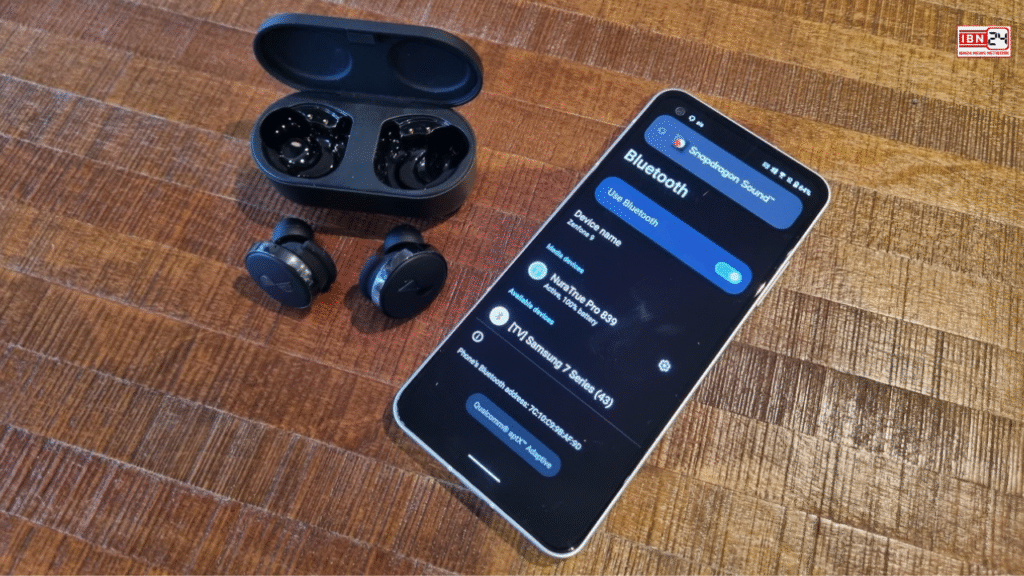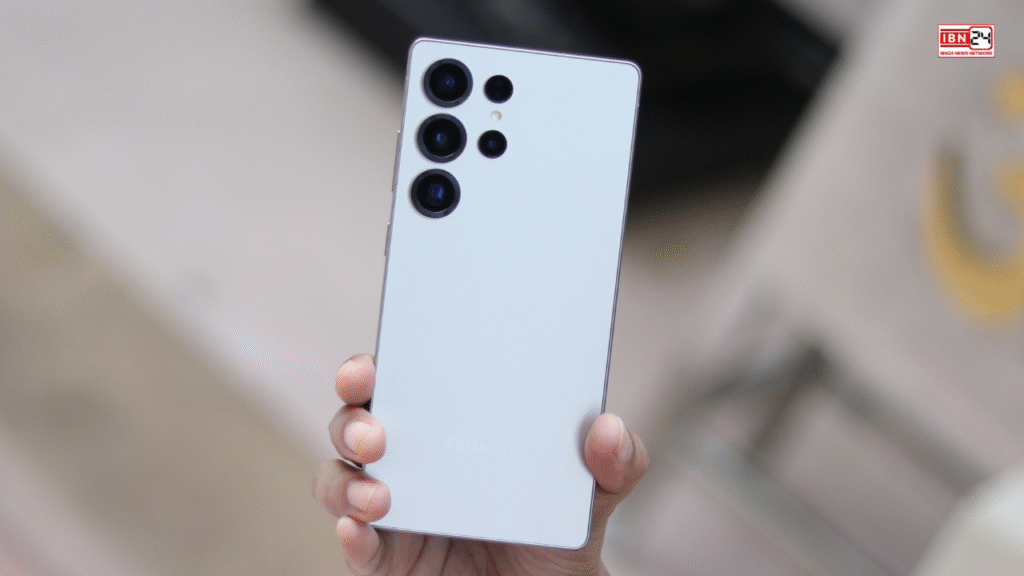Snapdragon 7 Gen 4 Chipset: Wi-Fi Audio
Qualcomm has officially announced its latest mid-range mobile processor — the Snapdragon 7 Gen 4 chipset — and with it, a game-changing feature for Android smartphones: support for Wi-Fi audio. This new addition is expected to significantly improve the wireless audio experience and make previously premium features accessible to a wider audience.
Until now, wireless audio has largely depended on Bluetooth connectivity, especially for products like TWS (True Wireless Stereo) earbuds and over-ear headphones. But with Qualcomm’s new chipset, support for audio transmission over Wi-Fi is making its way to more affordable devices — a shift that could redefine how users experience audio on Android phones.
Subscribe to IBN24 NEWS NETWORK’s Facebook channel today for real-time updates!
Channel Link: https://www.facebook.com/ibn24newsnetwork
What is Wi-Fi Audio and Why Does It Matter?
Audio over Wi-Fi refers to transmitting sound data using a Wi-Fi network instead of traditional Bluetooth channels. While this concept isn’t entirely new, it has mostly been limited to high-end smartphones and premium audio gear until now. Wi-Fi audio offers several advantages over Bluetooth, including:
- Improved audio quality
- Lower latency
- Longer range
- Potential support for lossless audio streaming
With the Snapdragon 7 Gen 4 chipset, Qualcomm is now extending these benefits to mid-range smartphones, making advanced audio features more mainstream.
Wi-Fi vs Bluetooth Audio: What’s the Difference?

Bluetooth has long been the default for wireless audio because of its convenience and compatibility across devices. However, it comes with limitations in terms of bandwidth, latency, and audio compression, which can affect both sound quality and responsiveness — particularly for audiophiles and gamers.
Wi-Fi audio, on the other hand, offers greater bandwidth, enabling devices to transmit higher-quality audio signals, including lossless formats. It also supports a larger range compared to Bluetooth, which means users can move around more freely without losing connection.
Qualcomm claims that using Wi-Fi for audio is also more power-efficient, helping to extend the battery life of both smartphones and audio accessories. While Bluetooth Low Energy (LE) has helped reduce power consumption in recent years, Wi-Fi is proving to be a strong contender, especially in stable indoor environments.
Mid-range Smartphones
Previously, Qualcomm had indicated that Wi-Fi audio would only be supported on smartphones equipped with the flagship Snapdragon 8 Gen series chips. That made sense at the time, as the technology was seen as a premium feature for top-tier phones.
But the latest announcement changes that narrative. With the Snapdragon 7 Gen 4 chipset now offering native support for Wi-Fi audio, we’re likely to see mid-range smartphones from brands like Xiaomi, Realme, iQOO, and Motorola integrating this feature in their upcoming devices.
This also opens the door for budget wireless earbuds and headphones to adopt the technology. Since many mid-range users pair their phones with affordable audio gear, the inclusion of Wi-Fi audio support will likely push accessory makers to follow suit and design compatible products — further expanding the ecosystem.
Real-World Benefits for Users
So what does this mean for the average consumer?
- Better Sound: Expect more consistent and higher-quality audio, especially when streaming music or watching videos.
- More Freedom: With extended range, users can move farther from their phone without dropping audio — perfect for home or office use.
- Longer Battery Life: Both phones and headphones may see better standby and usage time when using Wi-Fi audio, thanks to more efficient power handling.
- Lossless Streaming: Audiophiles can enjoy near-CD quality sound without needing a wired connection.
All these improvements contribute to a more seamless and immersive wireless audio experience, even on phones that don’t break the bank.
What’s Next?

The Snapdragon 7 Gen 4-powered phones are expected to start launching in the next few months, and many tech insiders believe this chipset will appear in smartphones priced between ₹25,000 and ₹40,000 in India. As a result, more consumers will be able to experience Wi-Fi audio without needing to upgrade to a premium flagship device.
Similarly, TWS earbud brands will likely begin rolling out Wi-Fi audio compatible products soon, offering users a better listening experience at lower prices.
Final Thoughts
Qualcomm’s decision to bring Wi-Fi audio support to its mid-range Snapdragon 7 Gen 4 chipset marks a major step forward in the evolution of smartphone audio. Not only does it challenge the dominance of Bluetooth, but it also ensures that more users, regardless of budget, can enjoy high-quality wireless sound.
As phones and audio devices begin to adopt this technology more widely, it’s clear that Wi-Fi audio is not just a niche feature anymore — it’s the future of wireless sound on Android.
For instant news updates, subscribe to the IBN24 NEWS NETWORK YouTube channel
Channel link: https://youtube.com/@IBN24NewsNetwork?si=ofbILODmUt20-zC3
Read Also This article : Samsung Galaxy S25 Edge: No Inspiration Taken from Apple’s iPhone 17 Air, Company Clarifies
